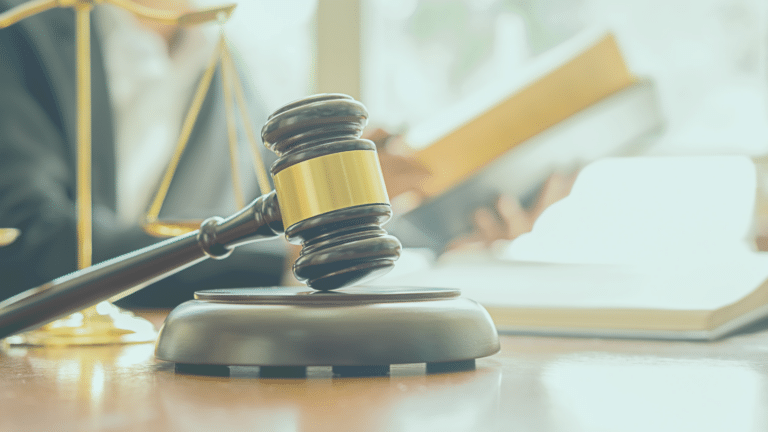The U.S. Small Business Administration (SBA) was no longer accepting applications for its two biggest coronavirus disaster relief programs, the Payroll Protection Program (PPP) and the Economic Injury Disaster Loan (EIDL) until Congress signed another $484 billion stimulus bill last month, with $370 billion allocated for the PPP and $60 billion for the EIDL. But because so much has changed, whether your business should apply for a disaster relief program is debatable.
The new bill is called the Paycheck Protection Program and Healthcare Enhancement Act. If you’re a small-business owner and you’re sure you need to apply for relief funding, you’ll want to do so as soon as you can. But with many states opening up for business now or in the near future, is it in your best interest?
Let’s learn about whether your business should apply for disaster relief funding.
The SBA Opens Up Applications
For those businesses who feel they should apply for disaster relief funding, the SBA has opened up the application process for the PPP and EIDL (solely for U.S. agricultural businesses) once again for the second wave of funding. You can go to the SBA website to fill out your application now to take advantage of the funds.
If your business hasn’t applied yet for disaster relief funding and you think you should, please keep reading. The changes made in this wave of financing may change your mind about whether your business should apply for disaster relief funding.
[How To Apply For The SBA Economic Injury Disaster Loan]
Quick Facts About The New Wave
Here is a rundown of the new wave for the PPP:
- Max loan size of $10 million
- For the loan to be fully forgiven, at least 75% of the loan must be used toward payroll expenses; the other 25% may be used for interest on mortgage rates, utilities and rent
- Upon loan approval, the borrower must fully use the funds in an 8-week period, which starts from the first loan disbursement
- Any remaining or unforgiven funds will have a 2-year maturity at a 1% interest rate.
The PPP is now specifying that 75% of the loan must be used toward payroll expenses and an 8-week period for disbursement. These are things we didn’t see in the first wave of the PPP.
Who Can Apply
A business must:
- Have been in operation on or before February 15, 2020
- Have 500 or fewer employees (under PPP definitions, independent contractors do not count as employees), or otherwise meet SBA size requirements for your industry, which include:
- Any business that’s categorized under “Accommodation or Food Services” with less than 500 employees per location also qualifies
- Independently owned franchises
- Tribal businesses
- Certify that it has been negatively impacted by COVID-19
More: [Business Relief Financing For COVID-19]
Should Your Business Apply For Disaster Relief Funding?
At this time, the SBA is only accepting new applications for EIDL loans and advances for U.S. agricultural businesses. More: [How Can A Small Business Survive The Coronavirus?]
Factors To Consider
If you’re wondering if your business should apply for disaster relief funding, please consider the following:
- Your business’s ease of access to liquidity
Businesses that have access to other forms of capital (cash reserves, capital markets, revolving lines of credit) will be closely monitored by the SBA. If these forms of capital are not readily available for supporting your business’s operations, you could probably still qualify for a PPP loan. However, you must be able to show that this is the case if the SBA asks for more information.
More: [In The Business Of Expecting The Unexpected]
Small Business Relief For Rural And Disadvantaged Areas
It’s expected that the PPP and EIDL will once again run out in a matter of weeks. Including process time, it’s being estimated that the burn rate for these funds could be as large as $50 to $60 billion per day.
One of the changes being made this second wave includes a $60 billion allotment specifically for banks with less than $50 billion in assets, allowing smaller banks to get funding to those small businesses in rural and disadvantaged areas. If you’re in a rural area and you truly need relief, your business should definitely apply for the second wave of funding.
Community banks do about half the lending in this country, but if they don’t get any PPP funds appropriated to them, small businesses in rural and disadvantaged areas get hit hard. Thankfully, the SBA saw this disparity from the first round and made the necessary changes.
Funds Are Available – Act Now
Please use what we’ve outlined here to decide if your business should apply for disaster relief funding. The funds should be reserved for those who really need it. You may be in a different position than you were last month.
Because things are always changing, we will be updating this article. You can apply now for funding on the SBA website.
More articles you may like:


